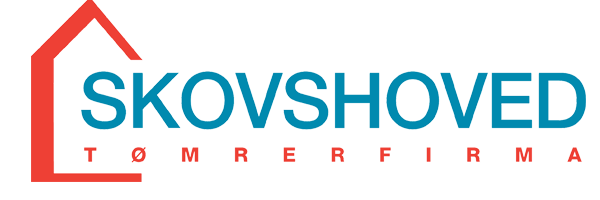Comments (0)
E Signature Technology for Agencies
E signature technology accelerates many workflows in documentation which reduces delays and saves money by reductions in postage, paper and sending faxes. It also cuts down on the time it takes to distribute documents for signers and improves the ease with which they can be signed from remote locations.
A basic electronic signature is a digital image of a typed or handwritten name. Electronic signatures of this kind do not include encryption or authentication functions or confirm the identity of the signer. A more sophisticated eSignature makes use of verification http://vpnssoft.net/is-vpnsecure-good-for-iphone technology to generate a hash of the signature, and connects it to a public key that is associated with the signer’s identity. The recipient is able to decrypt the hash, check it to the public key and verify that the signature has not been tampered since it was signed.
An agency can also employ additional verification methods to enhance the security of eSignatures including passwords biometrics, two-factor authentication and biometrics. These more sophisticated types are used when there is greater chance that the authenticity of the signature could be challenged.
Agencies should give special consideration to long-term, electronically-signed records that preserve legal rights. Records with these rights may require longer software cycles, and it’s important to maintain the integrity of a record during any upgrade or migration processes. NARA’s guidelines on scheduling records can help agencies determine the most appropriate timeframes for the retention of these records.
Recent Posts
Recent Comments
Archives
- April 2024
- January 2024
- November 2023
- October 2023
- September 2023
- August 2023
- July 2023
- May 2023
- April 2023
- March 2023
- February 2023
- January 2023
- December 2022
- November 2022
- October 2022
- September 2022
- August 2022
- July 2022
- June 2022
- May 2022
- April 2022
- March 2022
- February 2022
- January 2022
- December 2021
- September 2015
- July 2015


LEAVE A REPLY
Your email address will not be published. Required fields are marked *